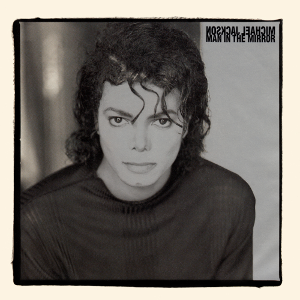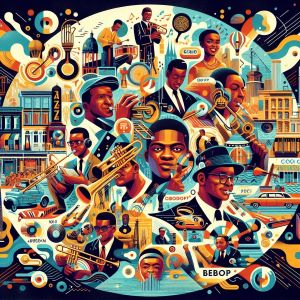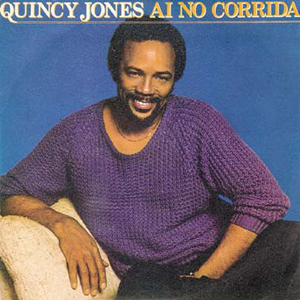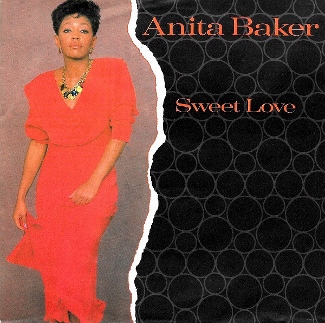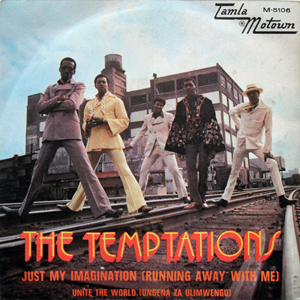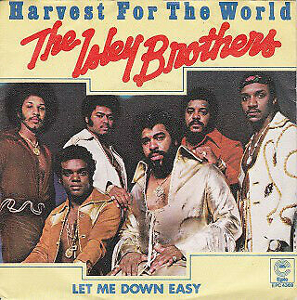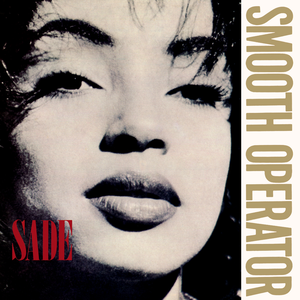September is Self Improvement Month. Hear are 30 songs to inspire you to become your best self.
Tunes Du Jour Celebrates International Jazz Day
Jazz is a genre that defies easy definition, yet its influence is undeniable across decades of music history. At its core, jazz represents freedom – freedom of artistic expression, freedom to improvise and venture into uncharted musical territory. From the early days of jazz pioneers like Louis Armstrong, Duke Ellington, and Billie Holiday, this artistic freedom has been the driving force behind the ever-evolving sounds of jazz.
The genius of jazz lies in its ability to seamlessly blend composition and spontaneity. Take Miles Davis’ seminal album Kind of Blue, where masterful musicians like John Coltrane and Cannonball Adderley were given a simple modal framework to build upon through their improvisations. The result was a transcendent exploration of space, melody, and emotion that still captivates listeners today. Similarly, Dave Brubeck’s “Take Five” broke new ground with its innovative use of quintuple meter, exemplifying jazz’s boundary-pushing spirit.
Yet jazz is more than just innovative time signatures and harmonic progressions. It’s a language of human experience, a means of conveying the full spectrum of emotions through sound. Billie Holiday’s haunting rendition of “Strange Fruit” transformed a song into a searing indictment of racism and injustice. Nina Simone’s stirring vocals on “My Baby Just Cares for Me” radiate warmth and playfulness. And Chet Baker’s rendition of “My Funny Valentine” captures the exquisite vulnerability of heartbreak with effortless cool.
As the genre evolved through the latter half of the 20th century, jazz continued to defy conventions and push creative boundaries. The modal jazz of John Coltrane’s “A Love Supreme” was a spiritual exploration unlike anything that came before it. Ornette Coleman’s pioneering free jazz broke down traditional concepts of melody and harmony. And the fusion era saw artists like Herbie Hancock, Weather Report, and Grover Washington Jr. incorporate elements of funk, rock, and R&B into their jazz foundations.
From its humble beginnings in New Orleans to its modern global influence, jazz has remained a quintessential expression of artistic freedom. Its ability to constantly reinvent itself while maintaining a deep reverence for its roots is what makes it one of the most vital and culturally significant art forms of our time. Jazz is more than just a genre – it’s a living, breathing embodiment of the human spirit’s endless capacity for creativity and innovation.
Follow Tunes du Jour on Facebook
Follow Tunes du Jour on Twitter
Follow me on Instagram
Tunes Du Jour Presents Quincy Jones
Quincy Delight Jones Jr., affectionately known as “Q,” is a name that resonates across the vast landscape of music. Born on March 14, 1933, in Chicago, Illinois, Quincy Jones has left an indelible mark on the world of entertainment. His multifaceted career spans seven decades, and his contributions to music, film, and humanitarian causes are nothing short of legendary. Let’s delve into the life of this remarkable artist, exploring both his creative genius and his unwavering commitment to making the world a better place.
Quincy Jones’s musical journey began with the trumpet, but it soon expanded to embrace a universe of genres. From jazz to pop, from film scores to chart-topping hits, Jones’s versatility knows no bounds. He cut his teeth working with luminaries like Ray Charles and Dizzy Gillespie, honing his skills as an arranger and composer. His compositions, such as “Stockholm Sweetnin’” and “For Lena and Lennie,” showcased his innate ability to blend sophistication with soulful melodies.
However, it’s impossible to discuss Quincy Jones without mentioning his groundbreaking collaborations with Michael Jackson. As the producer of Jackson’s iconic albums—Off the Wall, Thriller, and Bad—Jones elevated pop music to new heights. The pulsating basslines of “Billie Jean,” the electrifying energy of “Don’t Stop ‘Til You Get Enough,” and the haunting introspection of “Man in the Mirror” all bear his unmistakable imprint. And let’s not forget the global anthem “We Are the World,” which Jones orchestrated to raise funds for famine relief in Ethiopia—a testament to his unwavering commitment to humanity.
Beyond the studio, Quincy Jones’s heart beats for social causes. In the 1970s, he stood shoulder-to-shoulder with Martin Luther King Jr. as a founding member of Jesse Jackson’s Operation PUSH. His belief in the transformative power of music led him to create the Quincy Jones Listen Up Foundation. Through this nonprofit, he connects underserved youth with technology and music education. From South Central Los Angeles to South Africa, Jones’s foundation builds bridges, providing instruments and broadening music curricula to include American jazz greats alongside European classics.
But his philanthropic endeavors extend beyond borders. In partnership with Emirati social entrepreneur Badr Jafar, Jones launched the Global Gumbo Group. Their charity single “Tomorrow/Bokra,” featuring Middle Eastern singers, raised funds for children’s charities. This No. 1 hit in the Middle East garnered over 7 million views on YouTube, proving that music can heal and uplift even in the most challenging times.
And let’s not forget Hurricane Katrina. Jones stepped in to save the homes and properties of elderly jazz musicians affected by the devastating storm. His magic touch—what some call the “Quincy dust”—transforms lives, one act of kindness at a time.
Quincy Jones, now in his 90s, remains an unstoppable force. Whether he’s conducting an orchestra, mentoring young artists, or advocating for social justice, his legacy reverberates across generations. As we listen to the soulful strains of “Soul Bossa Nova” or groove to “Razzamatazz,” let’s remember that behind every note lies a man who believes in the power of love, music, and compassion. Quincy Jones—the maestro, the philanthropist, and the eternal groove-maker—continues to inspire us all.
Q produced all of the recordings on today’s playlist except the ones performed by Ray Charles, Frank Sinatra and Big Maybelle; on those he’s credited as the arranger.
Follow Tunes Du Jour on Facebook
Follow Tunes Du Jour on Twitter
Follow me on Instagram
Your (Almost) Daily Playlist: 1-16-24
“I only make records when I feel I have something to say. I’m not interested in releasing music just for the sake of selling something.“ – Sade Adu
Sade’s last album came out in 2010. The album preceding that one came out in 2000.
Sade Adu, lead singer and namesake of the band Sade, was born on this date in 1959. A handful of Sade’s best tunes are included on today’s playlist.
Follow Tunes du Jour on Facebook
Follow Tunes du Jour on Twitter
Follow me on Instagram
Your (Almost) Daily Playlist: 12-17-23
Norman Whitfield and Barrett Strong collaborated to write several hits for The Temptations, among them “Papa Was A Rollin’ Stone,” “I Can’t Get Next To You,” “Psychedelic Shack,” “Ball Of Confusion,” and “Just My Imagination (Running Away With Me).” The latter was inspired by Strong’s crush on a woman who didn’t know he existed. It became The Temptations’ third number one single on the Hot 100.
Lead vocalist on “Just My Imagination,” the late Eddie Kendricks of the Temptations was born on this date in 1939.
Follow Tunes du Jour on Facebook
Follow Tunes du Jour on Twitter
Follow me on Instagram
Your (Almost) Daily Playlist: 12-10-23
“Nightshift” was Commodores’ biggest hit following the departure of usual lead singer Lionel Richie. The group’s Walter Orange, a co-writer of the song, sings lead on verse one. Orange also sang lead on Commodores’ hits “Brick House” and “Too Hot Ta Trot.” So there.
Commodores’ Walter Orange was born on this date (or maybe yesterday’s date) in 1946. Two of the group’s songs on which he sang lead are included on today’s playlist.
Follow Tunes du Jour on Facebook
Follow Tunes du Jour on Twitter
Follow me on Instagram
